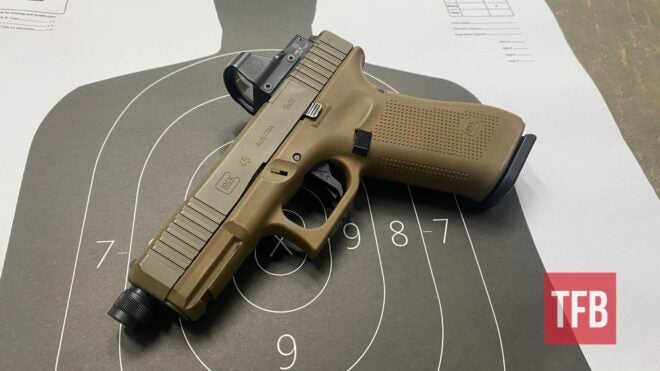Welcome back to another edition of Concealed Carry Corner. Last week, we talked about small semi-auto pistols versus revolvers and the benefits of both systems. If you happened to miss that article, be sure to check it out by clicking the link here. This week, I want to talk about a topic we all know but rarely address when it comes to actually training with your carry gun. Of course, people go out and shoot at the range but most times it’s everything but the gun they carry daily. Although it’s probably one of the most important items to practice with, most of us pick full-size options instead of training with our actual everyday carry gun. Let’s take a closer look at training with your carry gun.
Concealed Carry Corner @ TFB:
- Concealed Carry Corner: Carry Tips That Make A Big Difference
- Concealed Carry Corner: My Top 5 Summer Carry Guns
- Concealed Carry Corner: Carrying In A Vehicle And Storage
- Concealed Carry Corner: Excelling At Dry Firing
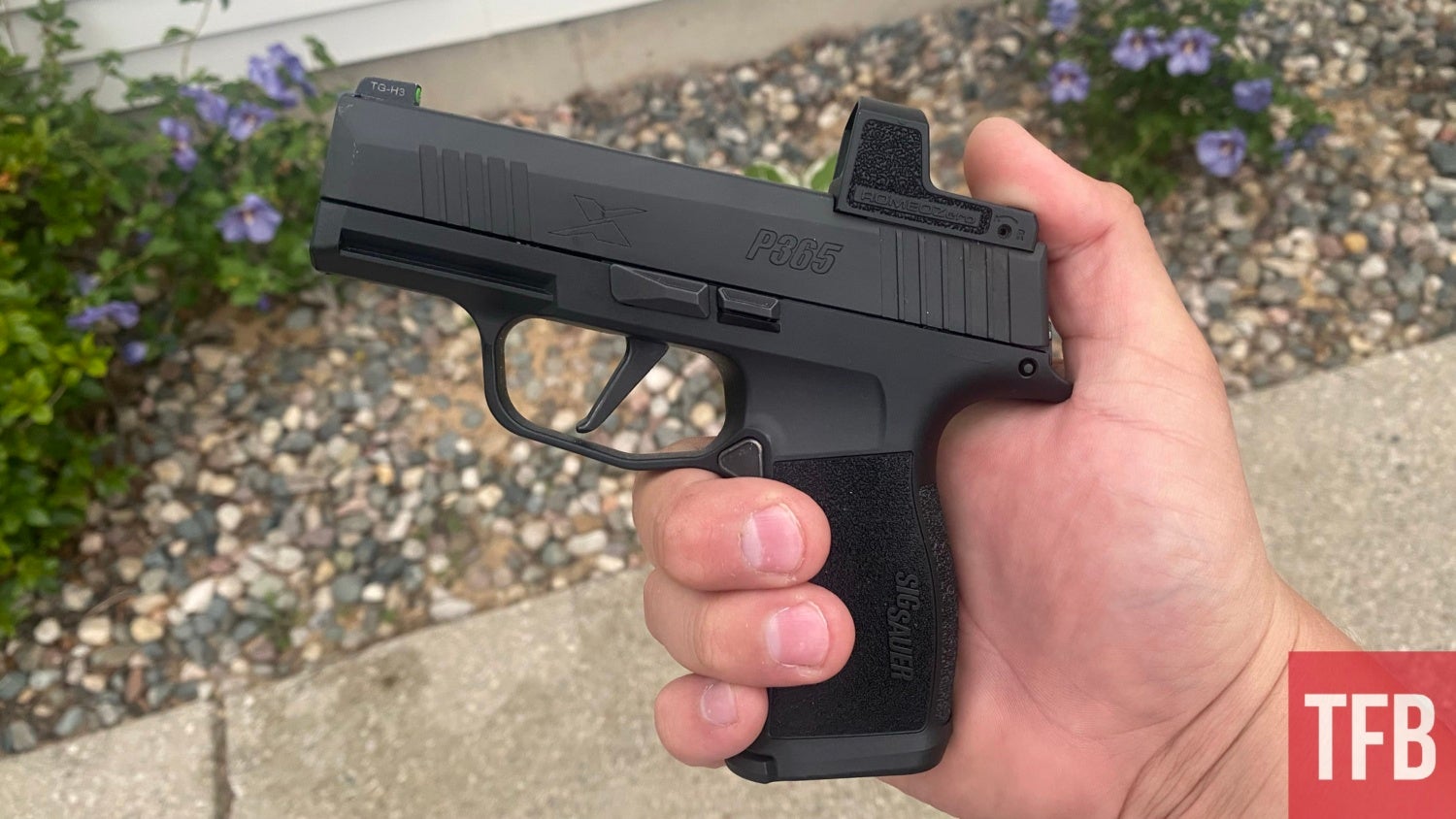
How Often Do You Train With Your Actual Carry Gun?
The real question we need to be honest with ourselves about is how often we actually train with our carry gun? I shoot and train with many different people who range from everyday normal people to SWAT officers and even trainers looking to shake out new training curriculums. Across the board, everyone brings full-size handguns when they practice at the range.
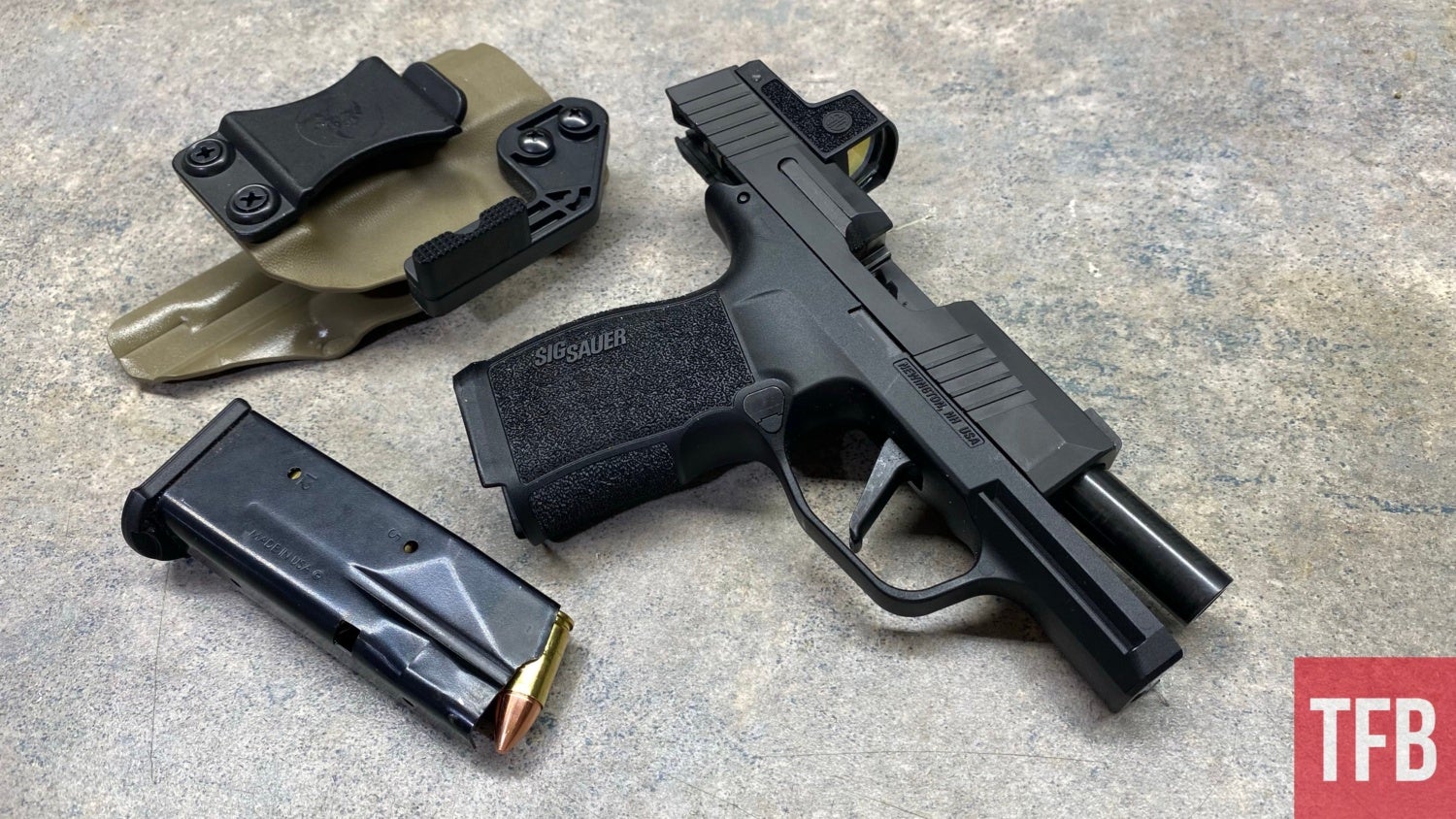
I know if we look at my personal situation, I am always on the range testing new firearms and giving my opinion on various new handguns that are released. Last week, I was sitting down one night and realized, I hadn’t shot my actual carry gun which is a Glock 48 in probably 4-5 months. I did a write-up for it but haven’t trained with it in months. Having a gun that is riding on my body in an IWB holster should be one of the main firearms I train with on a regular basis but it’s one of the least fired guns when I go to the range if I am being honest.
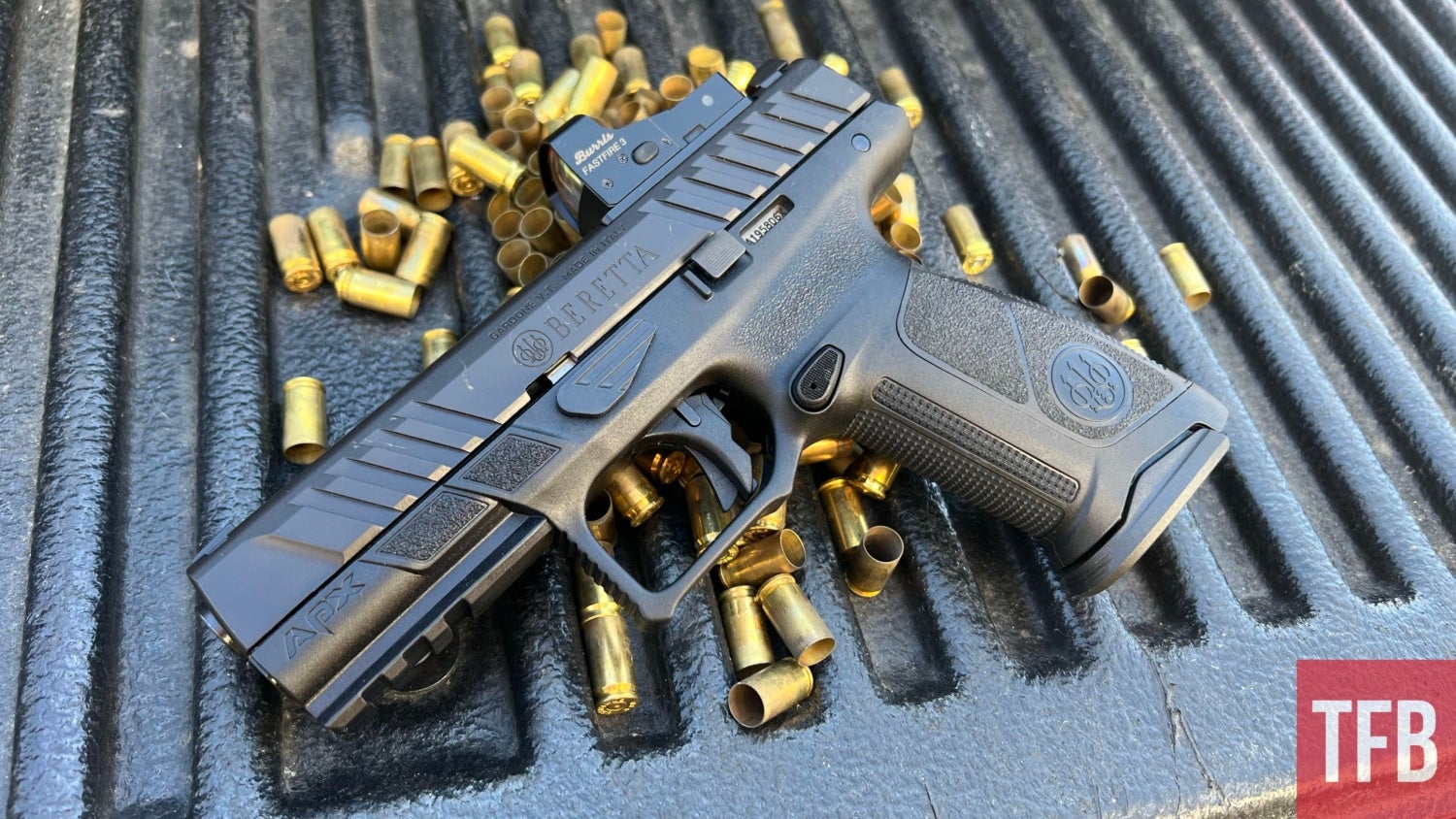
I’m not the only one that has this problem and it’s a rather common issue for people who carry concealed firearms regularly. What I started planning is to have a training schedule for just my carry gun and nothing else on a given range day. The one thing that you carry every day for self-defense should be your most familiar firearm at the range and for most of us that simply isn’t the case. Setting aside one day every 2-3 months at a minimum where you go out and shoot your main carry gun is one of the best ways to reinforce your skills with that particular gun and allows you to focus on improving your skills without distractions.
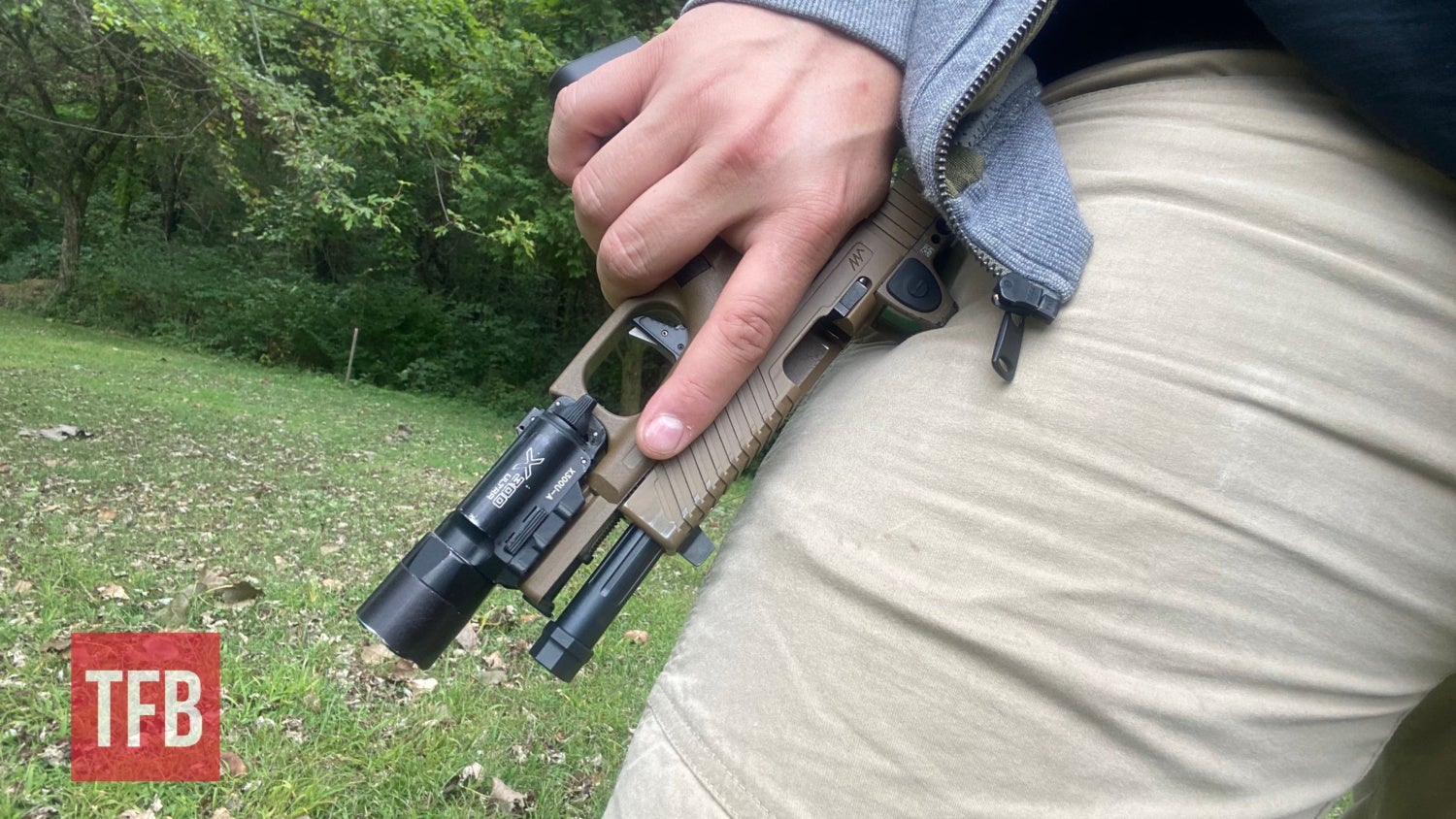
Things to Focus On
When looking at your main carry gun, it’s important to focus on skills that will help you be faster in stressful situations. Really the three big categories are draw stroke, grip, and sight picture. Trigger control is important as well but being able to draw your firearm with a solid grip and clear sight picture will get you on target quickly. Of course, aspects like trigger pull, recoil management, and other topics are important but practicing the basics is the most important. Just like practicing with a new firearm, getting the basics down with your carry gun at the range should be the goal when going out for live fire practice. Let’s take a closer look at the basics I like to focus on when practicing with my carry handgun.
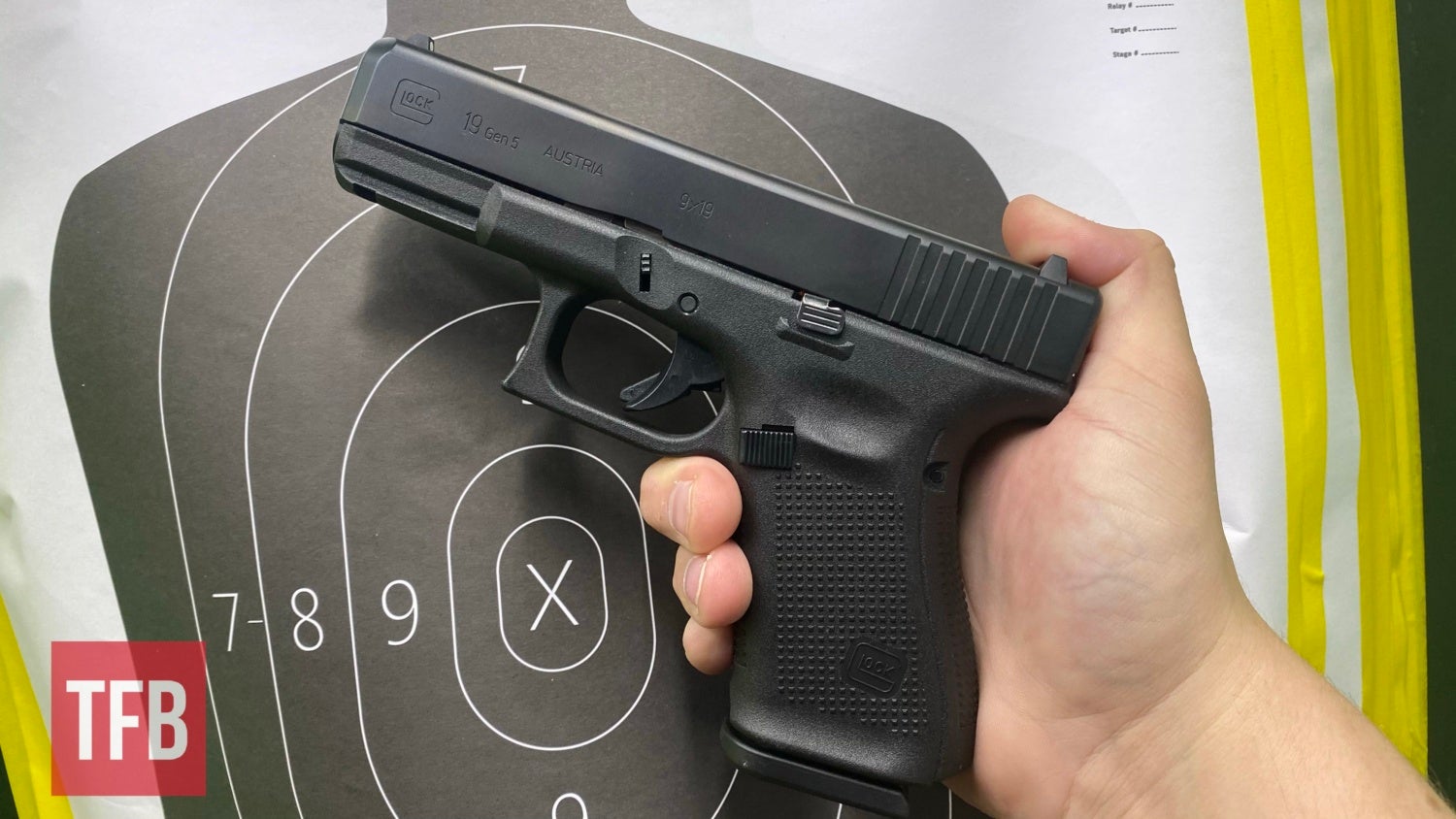
Draw
One of the most important aspects of carrying concealed is being able to draw from your holster from concealment. The trouble with practicing your draw at the range is the fact certain indoor and outdoor ranges don’t allow drawing from a holster or drawing from concealment. My range allows you to draw from concealment but not all ranges do, unfortunately. If this is the case, you can always draw while dry-firing and then practice your other fundamental skills while at the range. The biggest thing to remember when practicing drawing from concealment is making sure you keep safety as your top priority. Clearing garments and drawing quickly can be risky if done incorrectly so it’s important to take your time and become comfortable before drawing at full speed.

Grip
Once you get through the initial drawing motion, the next big factor is grip. Having a correct grip on the handgun is key when shooting under stress. When you start drawing quickly under stress, weird things start to happen and your grip can be severely affected if you don’t consistently practice your draw stroke. Start slowly at the range and draw at 50% to ensure you’re getting the proper grip and drawing consistently while following through and working on other items on your checklist before firing your first shot. Practicing reps at a slower speed before working up to full speed will help develop your skills naturally without rushing or being sloppy.
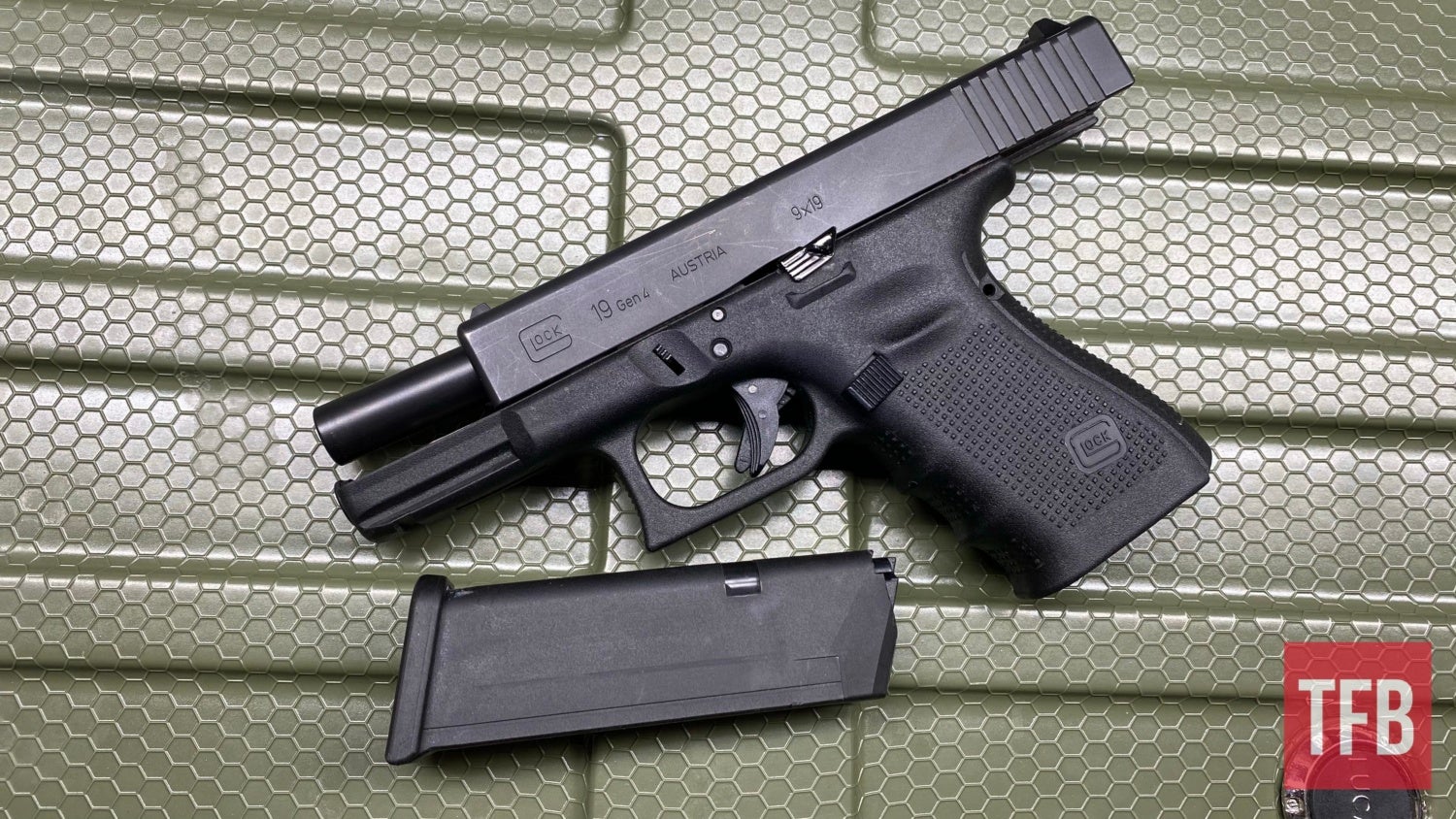
Sight picture
The last big thing to practice at the range is a proper sight picture. When drawing and rushing out of the holster, people tend to fire when they see the sights rather than lining up the sights and firing when everything is the way it should be. This means your first shot will most times be a complete miss and rather than taking the extra split second to line up your sights you have to do everything over again while losing even more time. Trigger pull should also be considered but even if you pull the trigger hard, you should be able to at least land a shot on your target at close distance. Sight picture ensures you will be lined up and at least have a fighting chance of making your shot connect with your target.
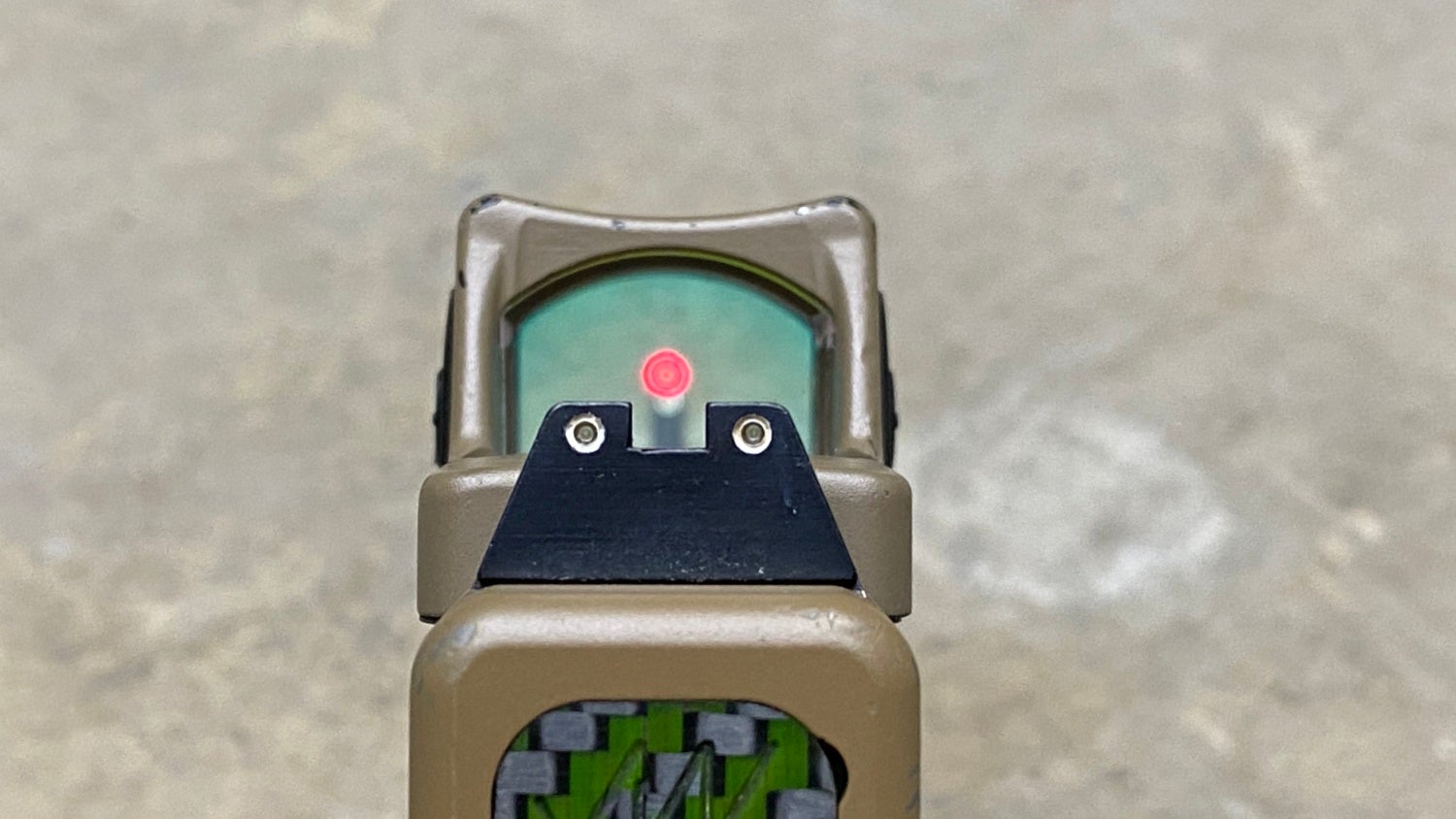
Overall Thoughts
The first rule of carrying a concealed firearm is to have a firearm on you. While it’s vital to have a firearm on you if you want to be serious about your personal protection it’s also important to train with the gun you carry most. This should be the one firearm you are most comfortable with on a daily basis and for most of us we don’t train with our carry guns near as much as we should. Taking your main carry gun out and focusing on that occasionally is something every person who carries concealed needs to do more.
Whether it’s working on draw, grip, or sight picture, it’s important to know how to properly draw and present your firearm in case of an emergency. How often do you guys train with your carry guns and what are some of your favorite drills? Let me know in the comment below. If you have questions about carrying concealed or firearms in general, feel free to shoot me a message on Instagram @fridgeoperator. Stay safe out there and we will see you next week for another edition of Concealed Carry Corner.
TFB’s Concealed Carry Corner is brought to you by GLOCK

 Your Privacy Choices
Your Privacy Choices
